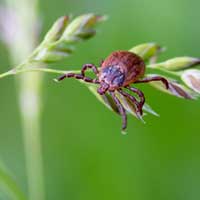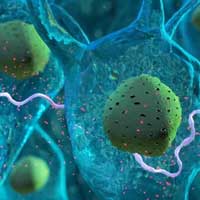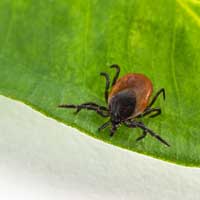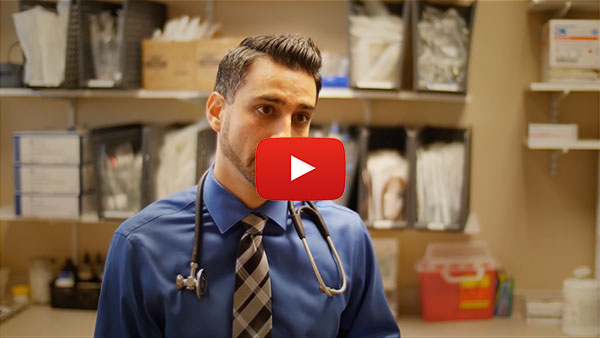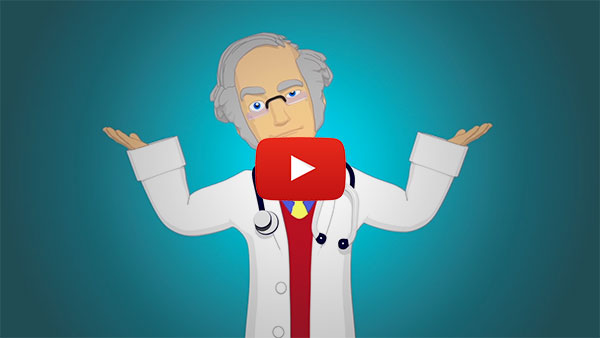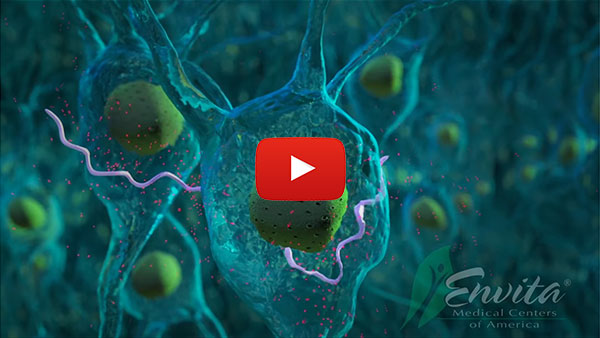Top 7 Overlooked Factors for Treating Lyme Disease

After two decades of published research and investigating numerous clinical cases on Lyme disease, we bring you a powerful perspective that can be found nowhere else. These seven commonly overlooked factors for treating Lyme disease may be the key to stopping unneeded suffering for Lyme disease patients and lead to restored heath for patients dealing with this painful and confusing affliction. Lyme disease is one of the most complex and advanced bacterial infections in the world. Borrelia burgdorferi, the scientific name for Lyme, is not only resistant to most antibiotics, traditional treatment, and often natural treatment, it also evades detection from the body's immune system making it very difficult to treat clinically and even diagnose. However, as difficult as it is to treating Lyme disease a whole new set of issues arise when this disease becomes “chronic” and develops into Chronic Lyme disease. The Borrelia infection releases endotoxins and neurotoxins into the body which destroy muscle and nerve fibers which cause painful inflammation and chronic pain. The toxins given off by the Borrelia also damage the neurological and endocrine systems resulting in a multitude psychiatric imbalances and mood changes. Most patients fail treatment because one or more key factors are not being addressed and will often lead to relapse after seeing short-term symptom reduction. Listed below are the top seven critical yet often overlooked factors that need to be addressed to properly treat Lyme disease and help patients finally reach optimal health.
Disclaimer: Individual results will vary. Envita makes no guarantees for outcomes. Each patient case is unique. Please consult your doctor before making any changes to your medical treatment. Not every patient is a candidate for care or achieves these results. Treatments used in this case may not all be FDA approved for the treatment of this condition.
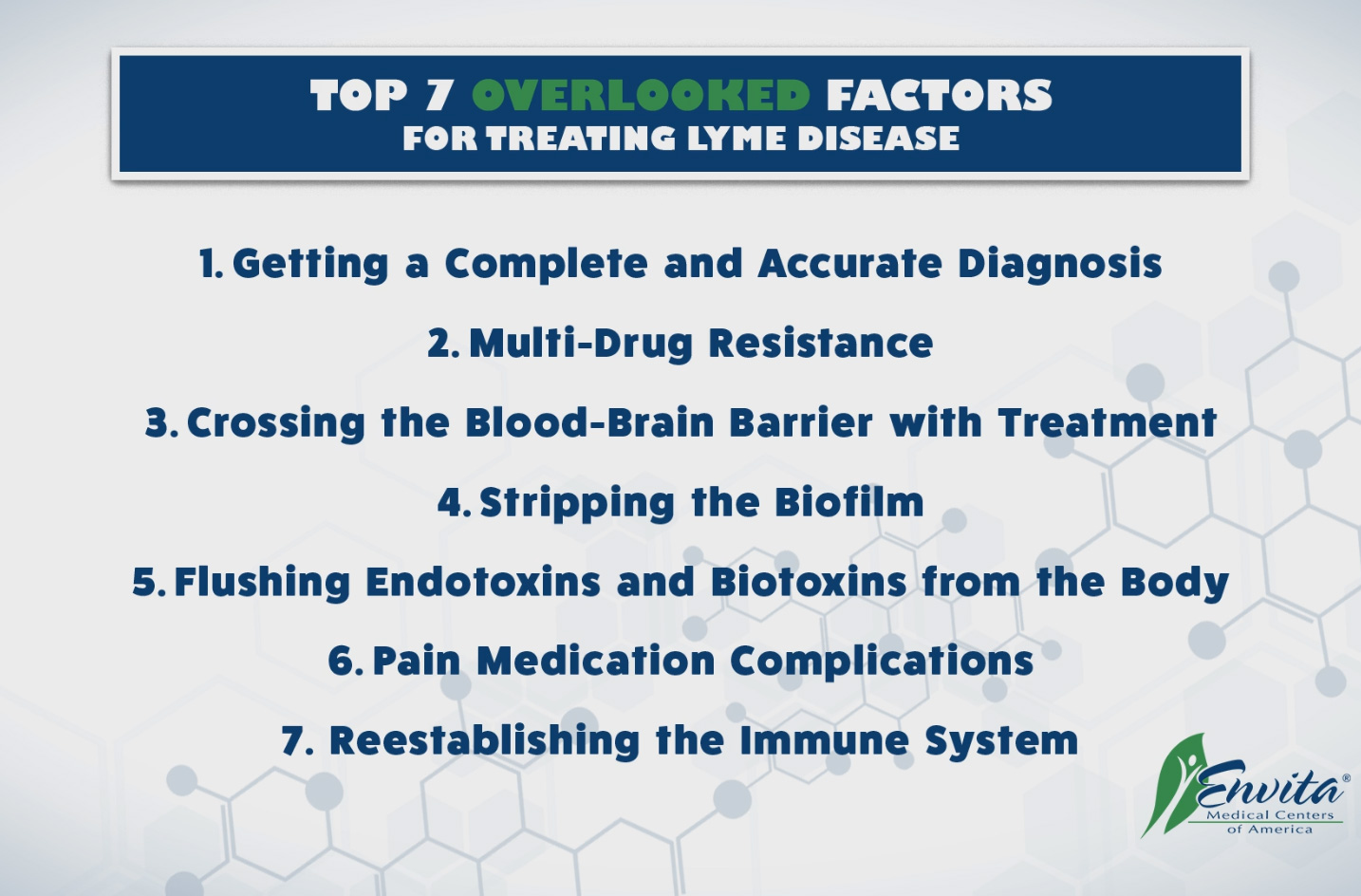
Getting a Complete and Accurate Diagnosis
A complete and proper diagnosis is essential when treating chronic Lyme disease. Typically, patients with Lyme disease will have a wide range of primary and secondary infections which display a variety of unique symptoms that differ from patient to patient based on their specific infection panel. A complete diagnosis is essential to identify what variety of bacterial, viral, fungal, and parasitic infections are present so the correct treatments can be identified that attack all existing infections. In addition, this multitude of infections often weakens the immune system potentially leading to false negatives on the traditional Elisa and Western blot Lyme disease tests which rely on the body's production of antibodies to yield a positive result. For these reasons, it is essential that a patient's full symptomology and medical history is considered when building a proper treatment. Diagnosing Lyme disease is also complicated by the symptoms produced from a large variety of opportunistic secondary co-infections that develop in the presence of a weakening immune system. The harmful release of biotoxins, neurotoxins and mycotoxins by these secondary co-infections work to produce a multitude of symptoms, confusing diagnosis and further deteriorating patient health. Most physicians are probably not adequately trained and do not have the clinical experience to handle and properly triage patients with chronic Lyme disease, which makes it even more frustrating when seeking proper diagnosis and treatment. Some parts of the country do not even test for Lyme disease or consider how to properly avoid false negatives that can commonly occur with testing. Therefore, it is important to recognize that Lyme disease is an elusive condition that involves a multitude of primary and secondary co-infections that can be difficult to pinpoint. Without proper diagnosis of Lyme disease and the resulting infections, an effective treatment plan cannot be developed. To read more about Lyme and its commonly undiagnosed co-infections see this link to a study published by our team in September of 2015 Journal of Medical Microbiology, Chronic Lyme Disease Complex and Its Commonly Undiagnosed Primary and Secondary Co-infections.We outline a comprehensive list of infections and common complications and include potential cancer risks due to some of these diseases.Multi-Drug Resistance
It is crucial when treating chronic Lyme disease to account for multi-drug resistance. Chronic Lyme disease patients have been commonly found to have infections with Multi-Drug Resistance (MDR). These multi-drug resistant infections possess specialized pumps on their cell surfaces that protect the organism by removing both natural and prescription medications that are intended to attack bacteria cells. It is for this reason that standard treatments like antibiotics and many natural therapies can be ineffective. MDR in combination with Borrelia's ability to alter the signals on its cells surface as a mechanism to evade detection by the immune system has led to Borrelia being described as a super bug and has warranted groups like the World Health Organization and the Center for Disease Control to publish extensively on the matter. In addition, co-infections passed by tick bites have also been found to possess MDR, further complicating treatment and diagnosis. One such infection, a highly resistant form of Babesia, has been linked to development of multiple sclerosis or related symptoms and can lead to neurological deterioration if left untreated. It is important to account for multi-drug resistance in primary and secondary co-infections, Borrelia's ability to hide form the immune system, and the infections' ability to pump out medication to properly treat chronic Lyme disease and its secondary infections.Crossing the Blood-Brain Barrier with Treatment
It is critical to cross the blood-brain barrier when treating chronic Lyme disease. The brain has a highly selective barrier that acts as a gate to protect the brain from being invaded by foreign cells while admitting friendly cells. This gate is called the blood-brain barrier and Borrelia's unique ability to hide from the immune system allows it to infiltrate this protective barrier and wreak havoc on the central nervous system. When Borrelia enters the brain and central nervous system its endotoxins and biotoxins cause inflammation and damage that lead to various neurological problems such as seizures, chronic headaches, tremors, brain fog, and pain. These symptoms, when seen chronically, can be confused with patients that have Parkinsonism, dementia or even Alzheimer's disease. Our team has dedicated decades of hard work into perfecting treatment across the blood-brain barrier. Care must be personalized for the patient to form targeted combinations that allow for an effective treatment of Neuroborreliosis, the name given to Borrelia once it enters the central nervous system. Correctly treating Neuroborreliosis is essential for relieving many neurological complications linked to chronic Lyme disease like abnormal gate, dementia, tremors, memory problems, seizures, muscle weakness and much more. Therefore, it is very important to have a personalized treatment process that can pass through the blood-brain barrier to safely remove the infection without harming our patient and help them reach the next level in health.Stripping Biofilm
It is important to properly strip the Biofilm layer from the bacteria when treating chronic Lyme disease. Chronic Lyme disease infections often form biofilm communities. These communities of microbes protect themselves by blocking the immune system and preventing antibiotics from reaching their targets. Biofilm is a matrix that is best described as a protective sludge that covers and protects the infections, allowing them to produce and release endotoxins and other chemicals that attack and destroy surrounding tissue which allows the colony to grow. Here is a link to a video from our YouTube channel to help explain what biofilm is. Biofilm is seen in higher numbers in later stages and more complex forms of Borrelia and other tick born infections. Biofilm removal is crucial in the multi-step process of killing the infection. Anti-biofilm agents are used to remove the biofilm layer, lowering the infection's defenses to create window of opportunity in which a well-timed treatment can be used to attack the bacteria. After elimination of the infection, many of the biofilm colonies break up and are eliminated. Multi-step treatment can only be effective when the biofilm is correctly striped and one of the bacteria's main forms of defense is incapacitated so the infection can be eliminated.Flushing Endotoxins and Biotoxins from the body
Flushing endotoxins and biotoxins from the body is essential when treating chronic Lyme disease. Endotoxins and biotoxins are responsible for most of the symptoms associated with chronic Lyme disease. Endotoxins disrupt the neurological and hormonal functions in the body. The goal of the endotoxins is to shut down the body's communication pathways to kill the host so the bacteria can feed on the carcass. Although concentrations do not normally reach a level of mortality, endo- and biotoxins still attempt to shut down the host and cause a multitude of problems. The complex mechanics of endotoxins and biotoxins eventually destroy tissue and immunity in the body and present a variety of symptoms. For this reason Lyme disease can mimic over 360 different diseases, contributing to its difficulty to diagnose and treat. It is essential to flush endotoxins from the body to properly treat chronic Lyme disease. Flushing endotoxins involves detoxification pathways and liver metabolism which makes it a challenging task. In addition, some patients may have difficulty eliminating waste due to metabolism problems known as Inborn Errors of Metabolism. Inborn errors in metabolism are a class of genetic disease that affect the body's ability to produce certain enzymes that facilitate metabolism. Endo- and biotoxins can also react with the human leukocyte antigen (HLA) to worsen symptoms and produce autoimmune disease. Human leukocyte antigen's job is to signal the immune system that its cell is either healthy or infected and in need of an immune response. Endo- and biotoxins trigger autoimmune responses by attaching to HLA on the cell surface. The toxins increase the chance of the immune system identifying the cell as foreign causing an immune response, resulting in autoimmune symptoms. To compound the problem, a percent of the population already has genetic alterations to the HLA structure which makes them more susceptible to autoimmune disease already. It is not uncommon to find genetic variations of HLA in patients with chronic Lyme disease. Endo- and biotoxins can have a multitude of negative effects on the body. Genetic variations like inborn errors of metabolism and variations of the HLA protein also contribute to the toxins' ability to wreak havoc and avoid treatment. It is critically important to properly flush the endotoxins from the body and account for toxin interactions to promote proper healing.Pain Medication Complications
Proper modification of medication is critical when treating chronic Lyme disease. Psychiatric drugs, painkillers, and anti-anxiety drugs are often prescribed due to an incorrect diagnosis or to treat symptoms instead of the underlying ailment. Pain medication and other narcotics further hinder the patient's ability to heal by competing with endotoxins and biotoxins for neurotransmitter and pain receptors that medications and natural signaling chemicals need to be effective. The infections produce endotoxins and biotoxins that oversaturate receptor sites already, then pain and psychiatric medication bind and modify the same receptor sites. Receptor site competition lowers the effectiveness of overall treatment and slows down the healing process. Essentially it is like trying to find an empty parking space at a busy restaurant, all the spaces are taken by the narcotics and endotoxins/biotoxins constantly arriving and leaving, shutting out space for medications and natural signaling. The receptor site competition can complicate treatment significantly and make it essential to properly modify narcotic medications and facilitate endotoxin and biotoxin flushing so treatment can be most effective. Once proper treatment begins to work and endotoxins and biotoxins are reduced, patients often don't need medication or can reduce the dosing significantly. Although this is a simplistic representation of how these drugs interact and results will vary from patient to patient, it does illustrate how misdiagnosis and improper prescription of treatment can lead to a decline in health.Reestablishing the Immune System
It is essential to reestablish the immune system when treating chronic Lyme disease. As we discussed earlier, chronic Lyme disease can significantly impair the immune system and allow for opportunistic infections to gain footing. An impaired immune system is the reason why Lyme disease is often accompanied by viral, fungal, parasitic, and other bacterial infections which compound symptoms and decrease health. This weakened immune system causes a cascade effect. As the immune system is weekend by Borrelia and its co-infections opportunistic infections that a normal immune system can fight off are able to infiltrate the body, which can compromise immune system even more. If untreated, this cycle can continue weakening the immune system and even potentially increase the risk for cancer. It is essential when treating chronic Lyme disease to target cytokines, natural killer cells, and other important parts of the immune system to allow the patient to revitalize their own immune defense for proper treatment and long term success.
These 7 essentials are designed to point out some of the flaws of treatment and diagnosis of chronic Lyme disease but do not represent a comprehensive treatment plan. Much more goes into putting together a targeted and personalized treatment plan for patients than s mentioned here. Chronic Lyme disease is a complicated and resilient infection that requires highly skilled and experienced clinicians with a personalized approach specific to the patient. Many Lyme disease treatments fail because numerous factors are overlooked, misdiagnosed, under-considered, or mistreated. Over a decade of working in this field, Envita Medical Clinic has discovered these seven critical treatment factors and many more that have saved and improved the lives of our patients. We at Envita have never been satisfied in creating treatment plans that only result in short-term symptom relief followed by relapse, and we have devoted our life's work to significantly improve our patients lives. If you have any questions about this article or specific questions about your condition, please contact us at envita.com we are happy to help you.









